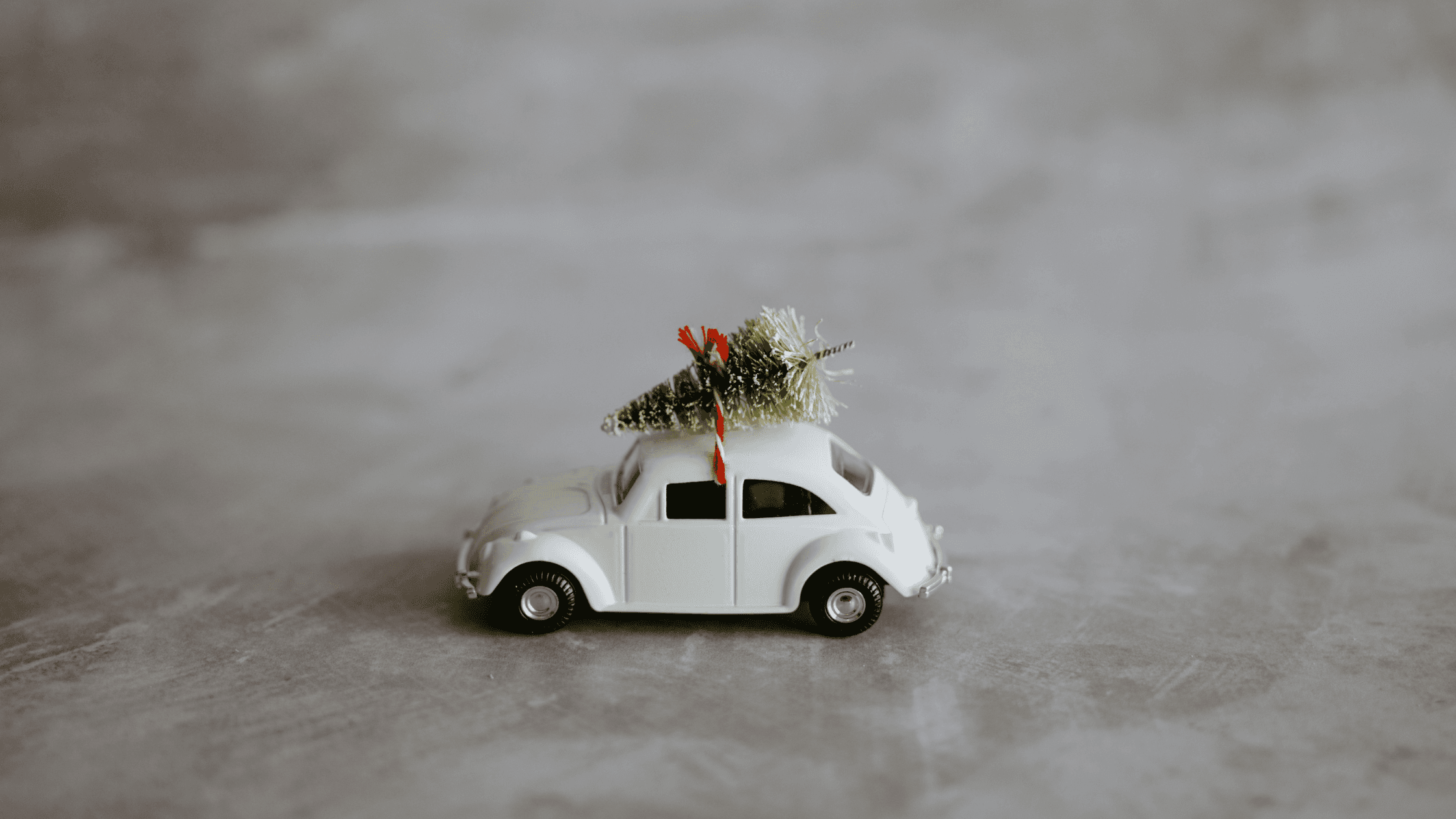May 11, 2024
mins read
Do you belong to the 80% of people who can't tell the difference between varicose veins and thread veins? Don't worry; you're not alone! Let's shed some light on these common vein issues and explore their unique characteristics.
Characteristics
Varicose veins are like the larger, more noticeable cousins of thread veins. They're those swollen, bulging veins, often seen in shades of dark purple or blue, mainly found in the legs and feet. Sometimes, they even look twisted or lumpy. On the other hand, thread or spider veins are much smaller and closer to the skin's surface, usually measuring between one to three millimeters in diameter. They love to hang out on your face and legs, showing off their delicate appearance.
Causes
So, what's causing all this vein drama? Both varicose and spider veins share a common origin: faulty valves in blood vessels. When these valves fail, blood doesn't flow properly, leading to enlarged or visible veins. Factors like obesity, heredity, pregnancy, and menopause can exacerbate spider veins, making them more likely to appear.
What are vein valves?
Vein valves are like little gates inside our veins that help blood move properly. In healthy veins, these valves open and close smoothly, making sure blood flows back to the heart as it should. But if these valves get weak, damaged, or sick, they don't work right. This causes a problem called venous reflux, where blood flows the wrong way and gathers in the vein. When this happens, we start to see thread veins and spider veins. Over time, this gathering can make the veins stretch, twist, and bulge, which we know as varicose veins.
Are these veins dangerous?
Appearance aside, the big question remains: are these veins dangerous? Luckily, spider veins are relatively harmless to your physical health, although they may hint at underlying conditions like rosacea. Varicose veins, on the other hand, can sometimes spell trouble. In severe cases, they may lead to venous ulcers—persistent leg wounds that can be excruciatingly painful.
Treatment options
Varicose veins
You can start by visiting a phlebologist or a dermatologist. During your appointment, the doctor will check your risk factors and symptoms and do a physical exam. They might also use a painless test called a venous doppler ultrasound of the leg. This test uses sound waves to check how blood flows through the veins' valves. It helps find any blood clots and figure out what's going on.
During the exam, the doctor will look closely at the size and where varicose veins are, if there's swelling, and any skin problems like discolouration, scratches, or sores. Based on what they find, they'll suggest the best treatment options for you such as endovenous laser therapy (EVLT) or sclerotherapy.
Thread veins, spider veins and cherry angiomas
Treating thread veins has different options depending on how big they are, where they are, and what you prefer. One way is sclerotherapy, where a special liquid is put into the vein to make it go away over time. Another choice is electrolysis, which uses a tiny needle and electricity to close the vein. Creams and lotions can also help by cooling the skin, but they only work for a little while. At Roxane Laser Studio, we advocate for laser therapy, which uses concentrated light to target and remove thread veins quickly, safely, and with up to 90% effectiveness.
In the end, whether you're dealing with thread veins or varicose veins, understanding their differences empowers you to choose the right treatment options. So, next time you spot those pesky veins, you'll know exactly what they're all about—and how to deal with them! To learn more about our laser vein removal treatment, you can book a complimentary consultation with us.



